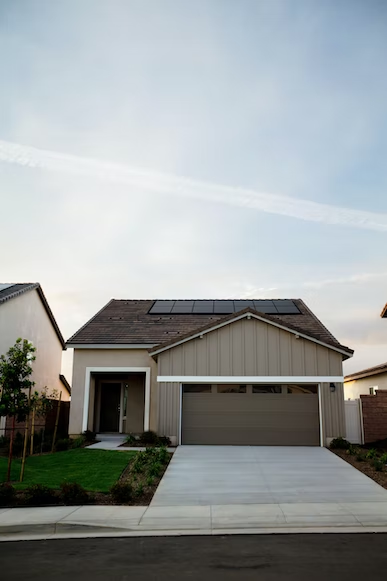If you’re like most homeowners, you probably dream about having a garage. A garage provides a ton of extra storage space, and it can also be used as a workshop or man cave. If you’re thinking about adding a garage to your home, there are a few things you need to keep in mind. In this article, we will discuss some of the smartest tips for adding a garage to your home.

1) Plan the Project
When it comes to adding a garage to your home, planning is key. You need to take into account the size of your home, the layout of your property, and your budget. If you’re not sure where to start, it may be helpful to hire a contractor or architect to help you plan the project.
However, you can also write a project plan yourself.
To do this, start by sketching a basic floor plan of your home. Then, determine how big you want the garage to be and where it will be located on your property. Once you have a general idea of the project, you can start to price materials and get quotes from contractors.
2) Check Your Local Regulations
Before starting any construction project, it’s important to check with your local authorities to see if there are any regulations that must be followed. For example, some cities have setback requirements that dictate how close to the property line a garage can be built.
It’s also a good idea to find out if there are any easements on your property that could affect the placement of the garage. An easement is a right that someone has to use your property for a specific purpose. For example, a utility company may have an easement to run power lines across your property. If you’re not sure if there are any regulations or easements that apply to your property, you can contact your city’s planning department or a local lawyer.
In addition, in some cases, you might need to get a permit before starting construction. For example, if you’re planning to build a detached garage, you might need to get a building permit from your city or county.
3) Clear the Space
Once you’ve checked for local regulations and obtained any necessary permits, it’s time to start clearing the space for your new garage. If you’re building an attached garage, you’ll need to clear the space where the garage will be built. This may involve removing landscaping, paving, or other features.
It would be smart to use a skeleton bucket for separating unwanted objects and soil. In addition, you should also make sure that the area is level before starting construction.
If you’re building a detached garage, you’ll need to clear a space for the garage and also create a foundation. The foundation is what the garage will be built on and it’s important to make sure it’s level and stable. To do this, you’ll need to excavate the area and then pour concrete or install a prefabricated foundation.
4) Choose the Right Materials
Once the space is cleared, it’s time to start choosing the materials for your garage. When it comes to the walls, most people choose either wood or metal. Wood is a popular choice because it’s relatively inexpensive and easy to work with. However, metal is becoming more popular because it’s fire-resistant and termite-proof.
The roof is another important factor to consider. Most people choose either asphalt shingles or metal. Asphalt shingles are the most popular choice because they’re relatively inexpensive and easy to install.

5) Budget Accordingly
Adding a garage can be expensive, so it’s important to budget accordingly. The cost of materials and construction will vary depending on the size and type of garage you plan to build. In addition, you should also factor in the cost of permits, inspections, and any other fees that may apply. It’s always best to start with a rough estimate and then adjust accordingly as needed.
6) Hire a Contractor
Once you’ve planned the project and chosen the materials, it’s time to start hiring contractors. If you’re not experienced in construction, it’s best to hire a general contractor who can oversee the entire project.
If you’re planning to do some of the work yourself, you can still hire a contractor to help with the more complex aspects of the job. For example, you might want to hire a contractor to pour the concrete foundation or install the metal roof.
Adding a garage to your home can be a big undertaking, but it’s worth it in the end. By following these tips, you’ll be able to make sure the project goes as smoothly as possible. Remember to budget accordingly and don’t be afraid to ask for help if you need it.
A little bit of planning goes a long way when it comes to construction projects!
















